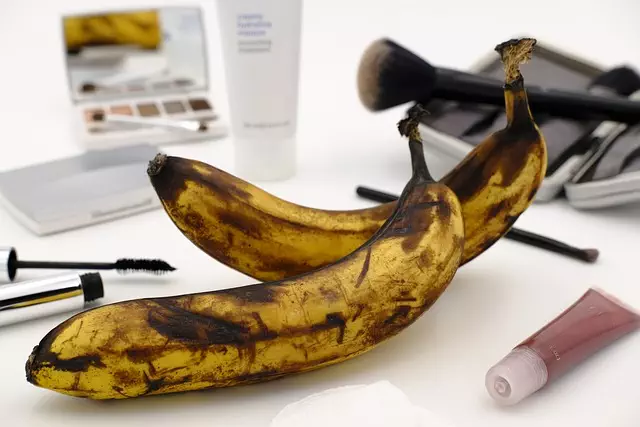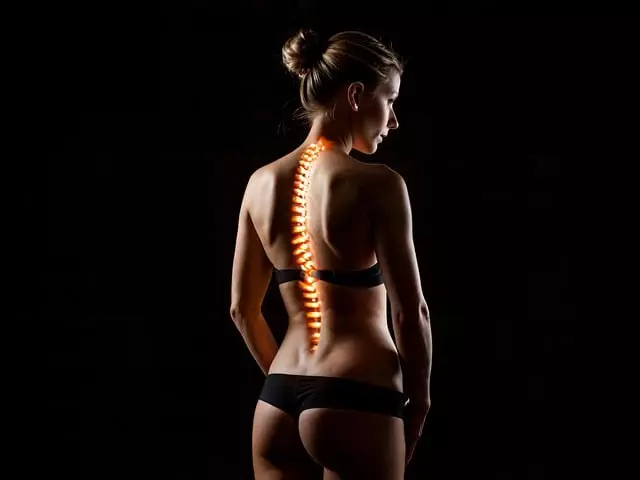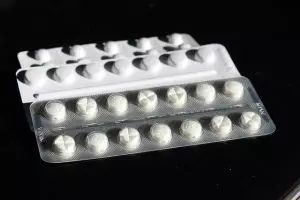Non-surgical wrinkle reduction is a popular Anti-Aging Treatment that uses technologies like radiofrequency, ultrasound, retinol, peptides, and Botox to stimulate collagen production, reduce fine lines, and minimize environmental damage. Effective treatments personalize to individual needs, consider skin type, and maintain consistent skincare routines. Reputable clinics specializing in these procedures offer safe, effective solutions with qualified professionals and positive patient reviews. Proper post-care, including sun protection and gentle cleansing, ensures optimal recovery and long-lasting results.
“Unwind the secrets to achieving youthful skin with our comprehensive guide to non-surgical wrinkle reduction. Discover innovative methods beyond traditional surgery, delving into the science behind anti-aging treatments. From understanding wrinkle causes to exploring top procedures, this article illuminates benefits and considerations for a confident journey towards rejuvenated skin. Learn how to choose the ideal clinic and vital post-treatment care tips for long-lasting results, making informed decisions in today’s competitive quest for effective anti-aging treatment.”
Understanding Non-Surgical Wrinkle Reduction: Unveiling the Basics

Non-Surgical wrinkle reduction is a popular anti-aging treatment that offers a non-invasive alternative to traditional cosmetic procedures. As we age, our skin’s natural production of collagen and elastin decreases, leading to fine lines and wrinkles. Non-surgical treatments aim to stimulate collagen production and improve skin elasticity, resulting in a smoother, more youthful appearance.
These treatments typically involve advanced technologies such as radiofrequency, ultrasound, or topical agents. Radiofrequency devices heat the deeper layers of the skin, stimulating collagen renewal, while ultrasound uses sound waves to target specific tissues. Topical creams with active ingredients like retinol or peptides can also be part of a comprehensive non-surgical anti-aging strategy, working to improve skin texture and reduce the visibility of wrinkles over time.
Common Causes of Wrinkles and How They Form

Wrinkles are a natural part of aging, but there are several factors that can accelerate their formation. Common causes include environmental damage, such as prolonged sun exposure and pollution, which can break down collagen and elastin fibers – key proteins responsible for skin elasticity and structure. Additionally, lifestyle choices like smoking and excessive alcohol consumption also contribute to premature aging by restricting blood flow and oxygen delivery to the skin cells.
The process of wrinkle formation involves a combination of factors. As we age, our bodies produce less of these essential proteins, making the skin more susceptible to damage. Meanwhile, repetitive facial expressions, such as smiling or frowning, can create temporary lines that, over time, become permanent wrinkles due to constant strain on the skin’s surface. Understanding these causes is crucial when considering non-surgical anti-aging treatments aimed at minimizing or preventing wrinkles.
The Science Behind Effective Anti-Aging Treatments

The science behind effective anti-aging treatments involves a deep understanding of skin structure and function. Collagen, a key protein responsible for skin elasticity and firmness, naturally decreases with age, leading to wrinkles and fine lines. Modern anti-aging treatments aim to stimulate collagen production or provide alternative structures to support the skin. For instance, topical creams containing retinol, vitamin C, or peptides can increase collagen synthesis, while non-surgical procedures like microneedling or chemical peels promote skin cell turnover and encourage the body’s natural healing process.
Ultrasound, radiofrequency, and laser therapies offer additional non-invasive approaches. These technologies work by targeting specific skin layers, either heating them to stimulate collagen renewal or using light waves to break up stubborn pigmentation and enhance skin texture. The key to successful anti-aging lies in choosing treatments tailored to individual needs, considering skin type, and maintaining a consistent skincare routine.
Exploring Top Non-Invasive Cosmetic Procedures for Youthful Skin

In the quest for youthful skin, many individuals are turning to non-surgical wrinkle reduction methods as a more gentle approach to anti-aging treatments. These procedures offer an appealing alternative to invasive surgeries, providing subtle yet effective results. One of the most popular choices is the use of advanced topical creams and serums containing active ingredients like retinol, peptides, and vitamin C. These products stimulate collagen production, improve skin elasticity, and gently smooth fine lines and wrinkles from the surface.
Another emerging trend in non-invasive cosmetic procedures is the utilization of technology such as radiofrequency (RF) and light-based therapies. RF treatments heat the deeper layers of the skin to boost collagen renewal, while light therapy, including LED and laser treatments, targets specific skin concerns like hyperpigmentation and sun damage. These cutting-edge techniques offer precise targeting of wrinkles and age spots, leaving the skin rejuvenated and radiant without the downtime associated with surgical procedures.
Benefits and Considerations of Non-Surgical Approaches

Non-surgical wrinkle reduction treatments offer a growing array of options for those seeking to combat signs of aging without invasive procedures. These advancements in anti-aging treatment provide significant benefits, allowing individuals to achieve smoother, more youthful-looking skin without downtime or recovery. One of the primary advantages is their effectiveness; techniques like Botox and filler injections can subtly reshape facial contours, reducing fine lines and wrinkles around the eyes, forehead, and mouth.
When considering non-surgical approaches, it’s essential to recognize that results may vary. While these treatments are generally safe and well-tolerated, individual responses differ. Factors such as skin type, age, lifestyle, and overall health can influence outcomes. Consulting with a qualified dermatologist or aesthetic specialist is crucial to understanding the potential benefits and limitations tailored to your specific needs, ensuring informed decisions about your anti-aging journey.
Choosing the Right Clinic and Professional for Your Treatment

When considering non-surgical wrinkle reduction treatments, selecting the right clinic and professional is paramount to achieving optimal results. Researching and choosing a reputable facility that specialises in anti-aging treatments is essential. Look for qualified dermatologists or experienced estheticians who can offer personalized advice tailored to your specific skin concerns. Reputable clinics often have a diverse range of treatments, from advanced laser technology to injectables, ensuring you receive the most suitable option for your needs.
Word-of-mouth recommendations and online reviews can be invaluable in making this decision. Consulting with friends or family who have undergone similar procedures can provide insights into their experiences at different clinics. Additionally, checking the credentials and certifications of the treating professionals ensures you’re in capable hands. Remember, a well-informed choice increases your chances of achieving youthful-looking skin without the risks associated with surgical procedures.
Post-Treatment Care: Tips for Optimal Results and Longevity

After your non-surgical wrinkle reduction treatment, proper post-care is essential to achieve and maintain optimal results. Here are some tips to ensure your skin recovers smoothly and reduces the risk of complications or adverse reactions. Firstly, avoid direct sun exposure for at least 24 hours after the procedure; excessive sunlight can irritate the treated area and potentially lead to hyperpigmentation. Opt for protective clothing and high-SPF sunscreen during this time.
Additionally, keep your skin hydrated by applying gentle, hypoallergenic moisturizers as recommended by your dermatologist. Avoid using any aggressive skincare products or retinoids for a week following the treatment to prevent potential sensitivity. Gentle cleansing with a mild cleanser is advised, and it’s crucial to steer clear of harsh chemicals or exfoliants that may disrupt the healing process. Remember, patient care and adherence to post-treatment instructions are key to achieving long-lasting anti-aging results.
